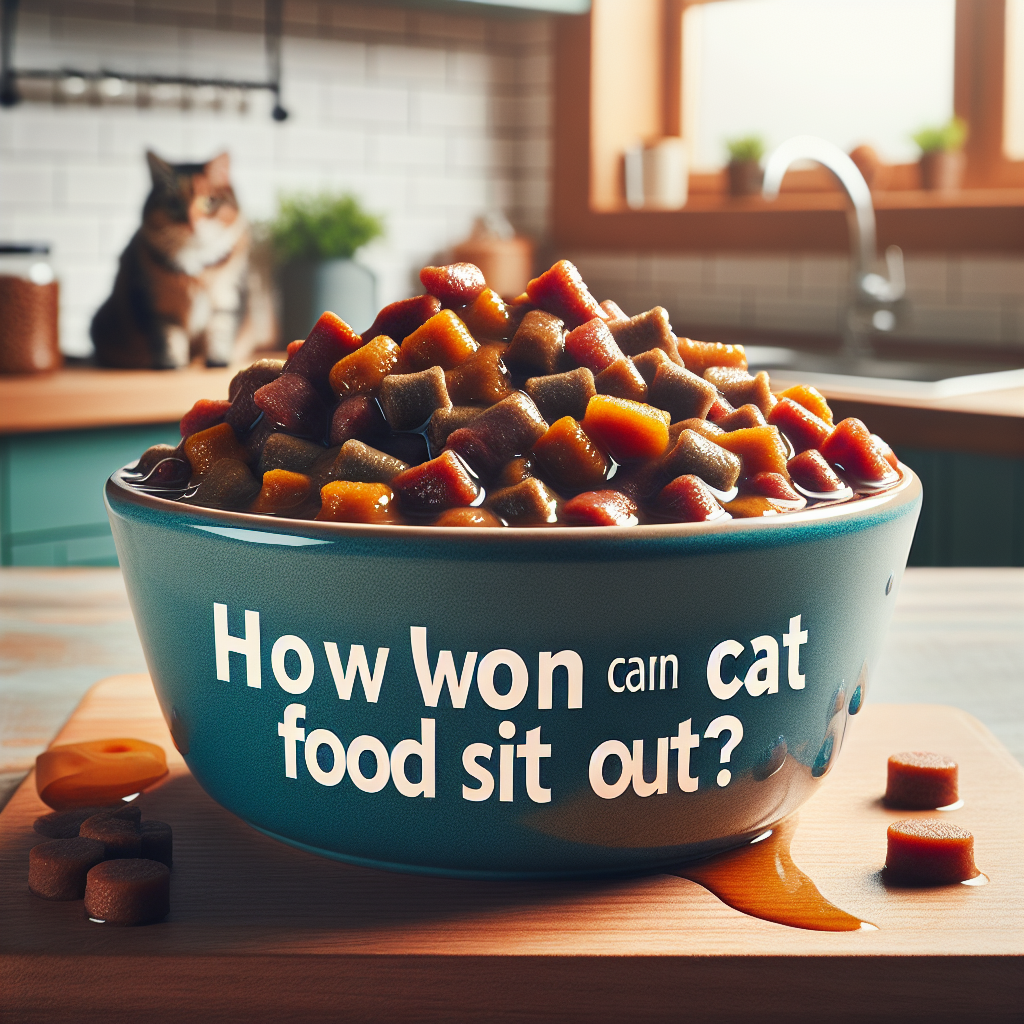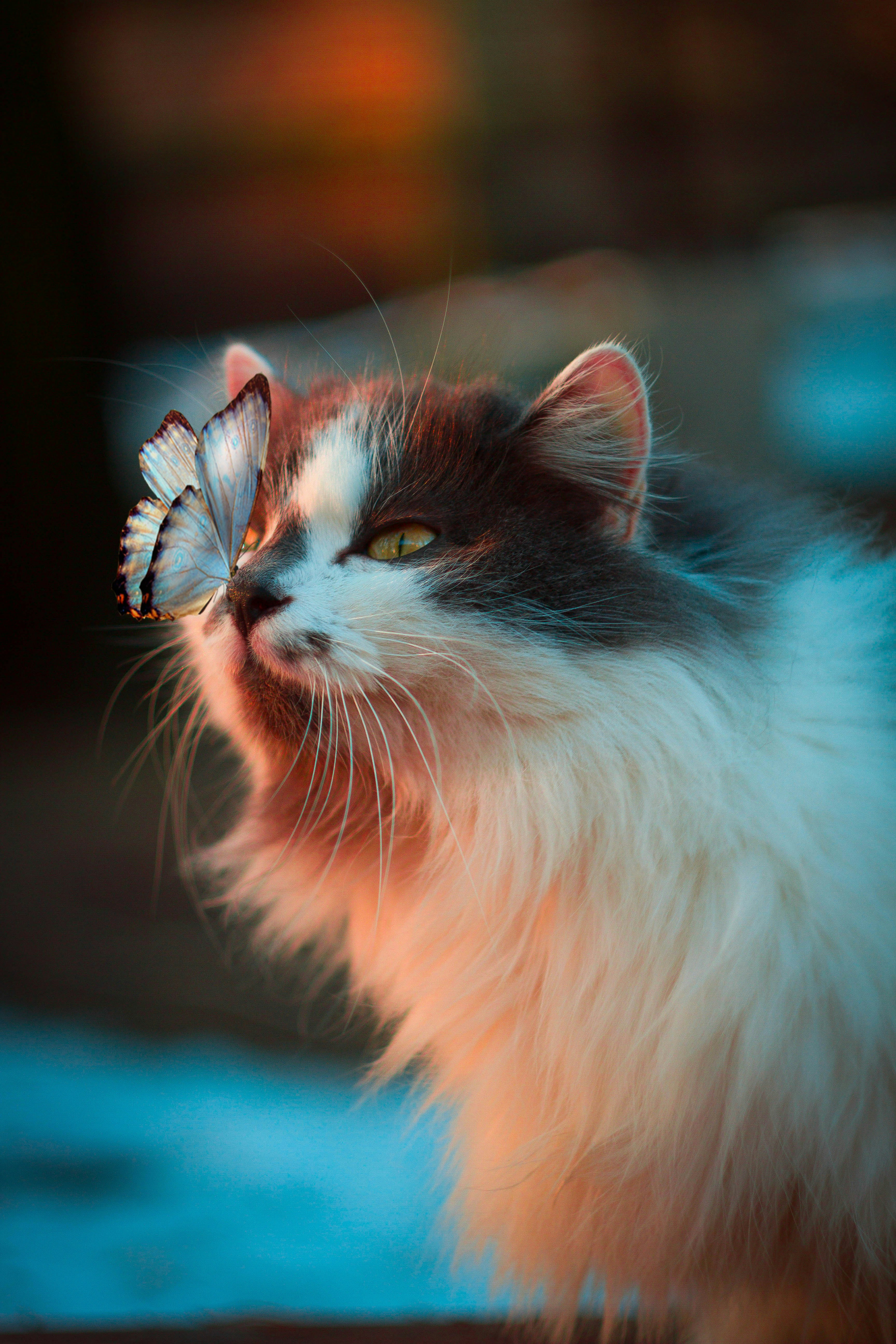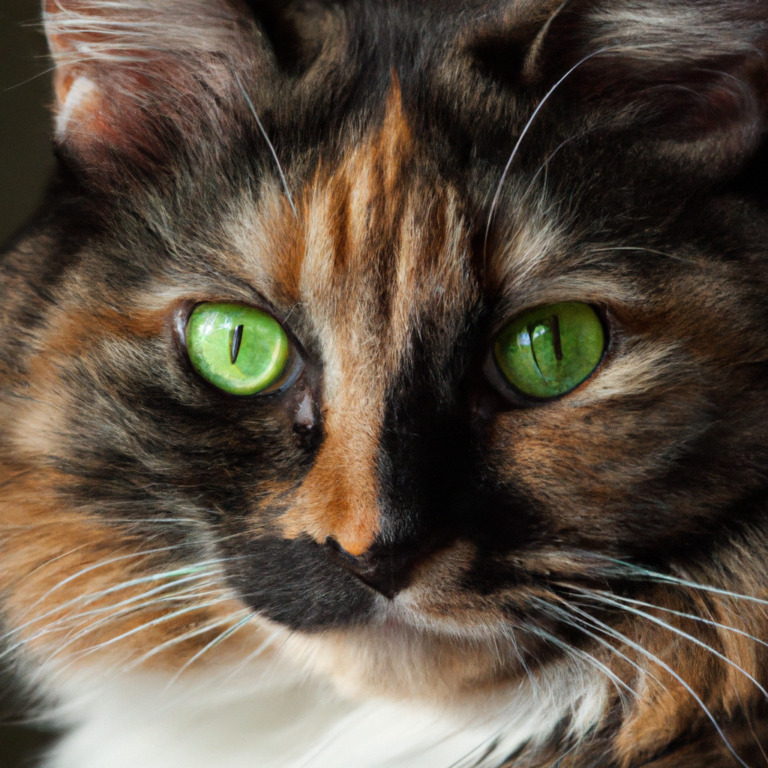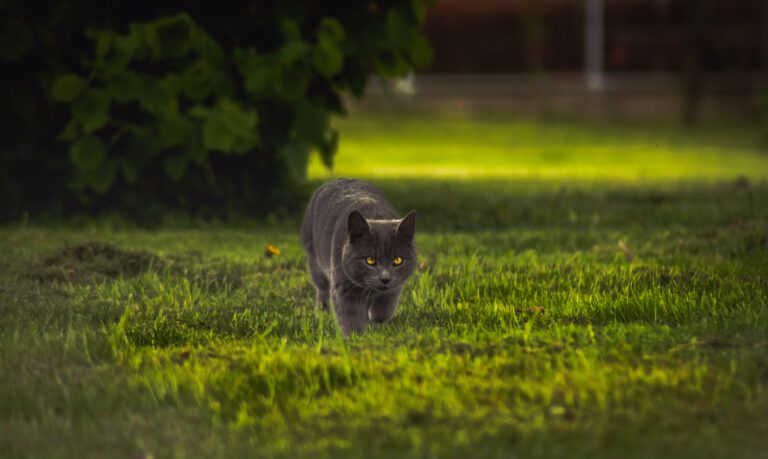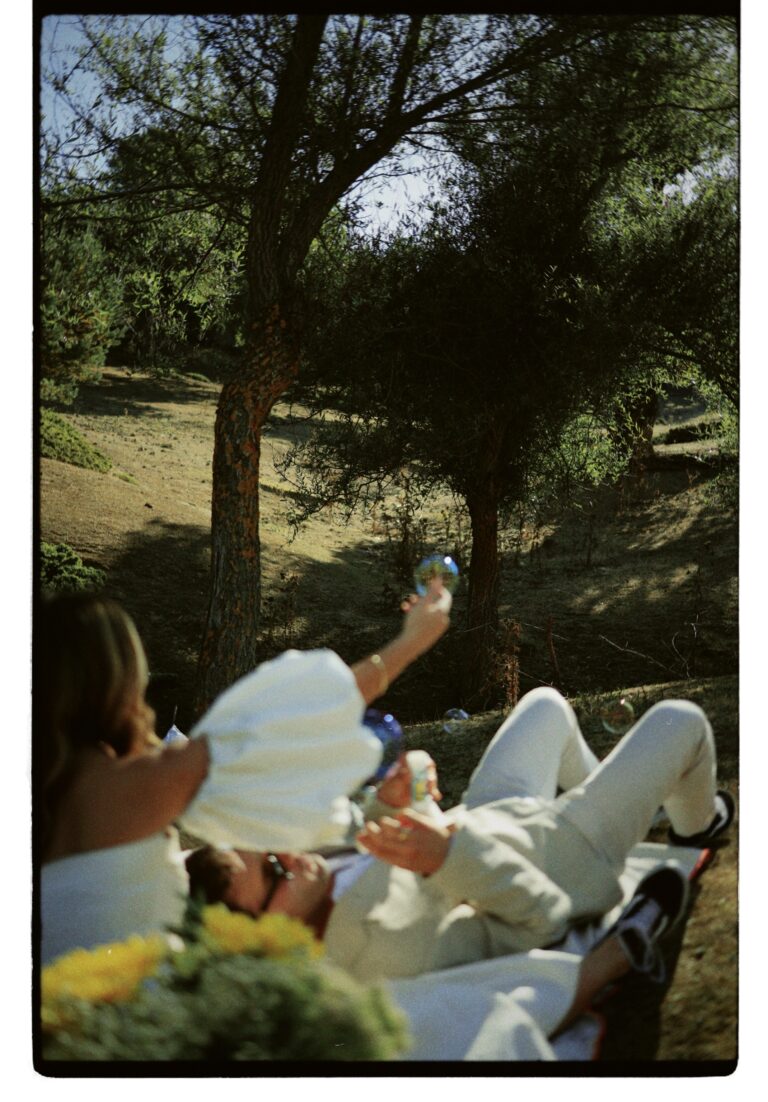How Long Can Wet Cat Food Sit Out
Imagine you’ve just opened a fresh can of wet cat food for your feline companion, but they seem uninterested. As you contemplate leaving the food out for later, the nagging question arises: How long can wet cat food sit out before it becomes unsafe? Well, fret not, as we’re here to provide you with some enlightening insights on the matter. Understanding the ideal shelf life of wet cat food when left at room temperature will not only ensure your cat’s health and well-being but also help you make the most of each mealtime. So, let’s dive into this informative article and discover how long you can safely leave wet cat food out.
Factors Affecting Wet Cat Food Spoilage
Composition of Wet Cat Food
The composition of wet cat food plays a crucial role in determining its shelf life. Wet cat food typically contains high levels of moisture, which creates an ideal environment for bacteria and mold growth. The ingredients used in the formulation of the food, such as meat or fish, can also contribute to faster spoilage if not carefully processed and preserved.
Temperature
Temperature is a significant factor that affects the spoilage rate of wet cat food. High temperatures can accelerate bacterial growth and enzymatic reactions, leading to rapid food deterioration. On the other hand, low temperatures can help slow down the spoilage process, extending the shelf life of wet cat food.
Humidity
Humidity levels can impact the spoilage of wet cat food by promoting the growth of mold and bacteria. High humidity can increase moisture content in the food, creating an environment conducive to microbial growth. It is essential to store wet cat food in a dry environment to minimize the risk of spoilage.
Exposure to Air
Exposure to air can contribute to the spoilage of wet cat food. Oxygen can promote oxidative reactions in the food, leading to the development of off-flavors and nutrient degradation. It is crucial to seal the food properly after opening to minimize air exposure and maintain its quality.
Packaging
The quality of packaging is vital in preserving the freshness and longevity of wet cat food. Tightly sealed cans or pouches can prevent air and moisture from entering, reducing the risk of spoilage. Transparent packaging allows for easy visual inspection, making it easier to identify any signs of spoilage before feeding your furry friend.
Food Contaminants
Contamination from bacteria or other harmful microorganisms can significantly impact the spoilage rate of wet cat food. Poor manufacturing practices or improper handling during packaging and distribution can introduce contaminants into the food. It is essential to choose reputable brands that prioritize food safety and maintain high-quality manufacturing processes.
Duration Wet Cat Food Can Sit Out Safely
General Rule of Thumb
As a general rule, wet cat food should not sit out at room temperature for more than two hours. Bacteria can multiply rapidly at room temperature, increasing the risk of foodborne illnesses for both cats and humans. To ensure the safety of your furry friend, it is best to discard any wet cat food that has been left out for more than two hours.
Duration in Controlled Conditions
In controlled conditions with a consistently low temperature, such as a refrigerator, wet cat food can be safely stored for up to three days. However, it is essential to follow proper handling and refrigeration guidelines to minimize the risk of spoilage or contamination. Always remember to cover the opened can or pouch with a lid or transfer the food into an airtight container before storing it in the refrigerator.
Duration in Ambient Conditions
In ambient conditions, where the temperature and humidity are not controlled, wet cat food should not be left out for more than two hours. Factors such as heat, sunlight, and air exposure can accelerate the spoilage process, leading to potential health risks for your feline companion. It is advisable to monitor the time and temperature closely to ensure the safety of the food.

Signs of Spoiled Wet Cat Food
Changes in Appearance
Spoiled wet cat food may exhibit noticeable changes in appearance. Look out for discoloration, unusual texture, or the presence of mold or unusual particles in the food. Any significant deviation from the original appearance of the food can indicate spoilage.
Foul Odor
Spoiled wet cat food often emits a foul odor. If the food has a strong, unpleasant smell that is different from its usual aroma, it is a clear indicator that it has gone bad and should not be fed to your cat.
Mold or Bacterial Growth
The presence of mold or bacterial growth is a sure sign of spoilage in wet cat food. If you notice any unusual spots or patches on the food, it is essential to discard it immediately. Mold and bacteria can produce harmful toxins that can cause illness or digestive upset in cats.
Issues with Consuming Spoiled Wet Cat Food
Digestive Upset
Feeding your cat spoiled wet food can result in digestive upset. Cats may experience symptoms such as vomiting, diarrhea, or decreased appetite. If your cat shows any signs of discomfort or changes in behavior after consuming spoiled food, it is crucial to consult a veterinarian.
Foodborne Illness
Spoiled wet cat food can harbor harmful bacteria such as Salmonella or E. coli, which can cause foodborne illnesses in both cats and humans. These bacterial infections can lead to severe gastrointestinal issues and may require veterinary intervention.
Toxicity
Certain food contaminants, such as mold toxins, can be toxic to cats. Consuming spoiled wet cat food contaminated with toxins can lead to various health issues, including neurological symptoms, liver damage, or even death in severe cases. It is essential to prioritize food safety and ensure the quality of the food you feed to your feline friend.
Health Risks for Cats
Feeding spoiled wet cat food can pose significant health risks for cats. In addition to digestive upset and foodborne illnesses, long-term consumption of spoiled food can compromise their immune system and overall well-being. It is crucial to practice proper food storage and adhere to recommended guidelines to maintain the health and vitality of your cat.
Food Safety Practices
Refrigeration Guidelines
To ensure the safety of wet cat food, refrigeration is key. After opening a can or pouch, transfer the remaining food into an airtight container and store it in the refrigerator. Aim to keep the temperature consistently below 40°F (4°C) to slow down bacterial growth and extend the shelf life of the food.
Proper Handling and Storage
Proper handling and storage are essential to minimize the risk of food spoilage and contamination. Always wash your hands before and after handling wet cat food to prevent cross-contamination. Store unopened cans or pouches in a cool, dry place away from direct sunlight and high humidity.
Avoiding Cross-Contamination
To prevent cross-contamination, it is crucial to separate wet cat food from other food items. Use dedicated utensils and feeding bowls for handling and serving wet cat food, and avoid reusing them for other purposes. Cleaning the utensils thoroughly after each use will help maintain food safety.
Checking Expiration Dates
Always check the expiration dates on the packaging before feeding wet cat food to your furry companion. Using expired or close-to-expiration food can increase the risk of spoilage and potential health hazards. Make sure to rotate your cat’s food supply and prioritize feeding the oldest cans or pouches first.
Alternatives for Prolonged Food Storage
Refrigerating Open Cans
If you have opened a can of wet cat food but your cat didn’t finish it, refrigerating it is a viable option to prolong its freshness. Remember to transfer the food into an airtight container, then refrigerate it. However, it is best to discard any refrigerated leftover food that has been sitting out at room temperature for more than two hours.
Using Airtight Containers
Investing in airtight containers specifically designed for storing wet cat food can significantly extend its shelf life. These containers help to maintain freshness and prevent air and moisture from spoiling the food. Ensure the containers are thoroughly cleaned and dried before each use to minimize the risk of contamination.
Freezing Wet Cat Food
Freezing wet cat food is an effective method to prolong its storage life. Divide the food into single-serving portions and place them in freezer-safe containers or zip-lock bags. Thaw each portion before feeding, ensuring it reaches room temperature and is palatable for your cat.
Portion Control
Practicing portion control can help reduce food waste and potential spoilage. By feeding your cat smaller, more frequent meals, you can ensure that they consume the food within a reasonable time frame, minimizing the risk of spoilage.
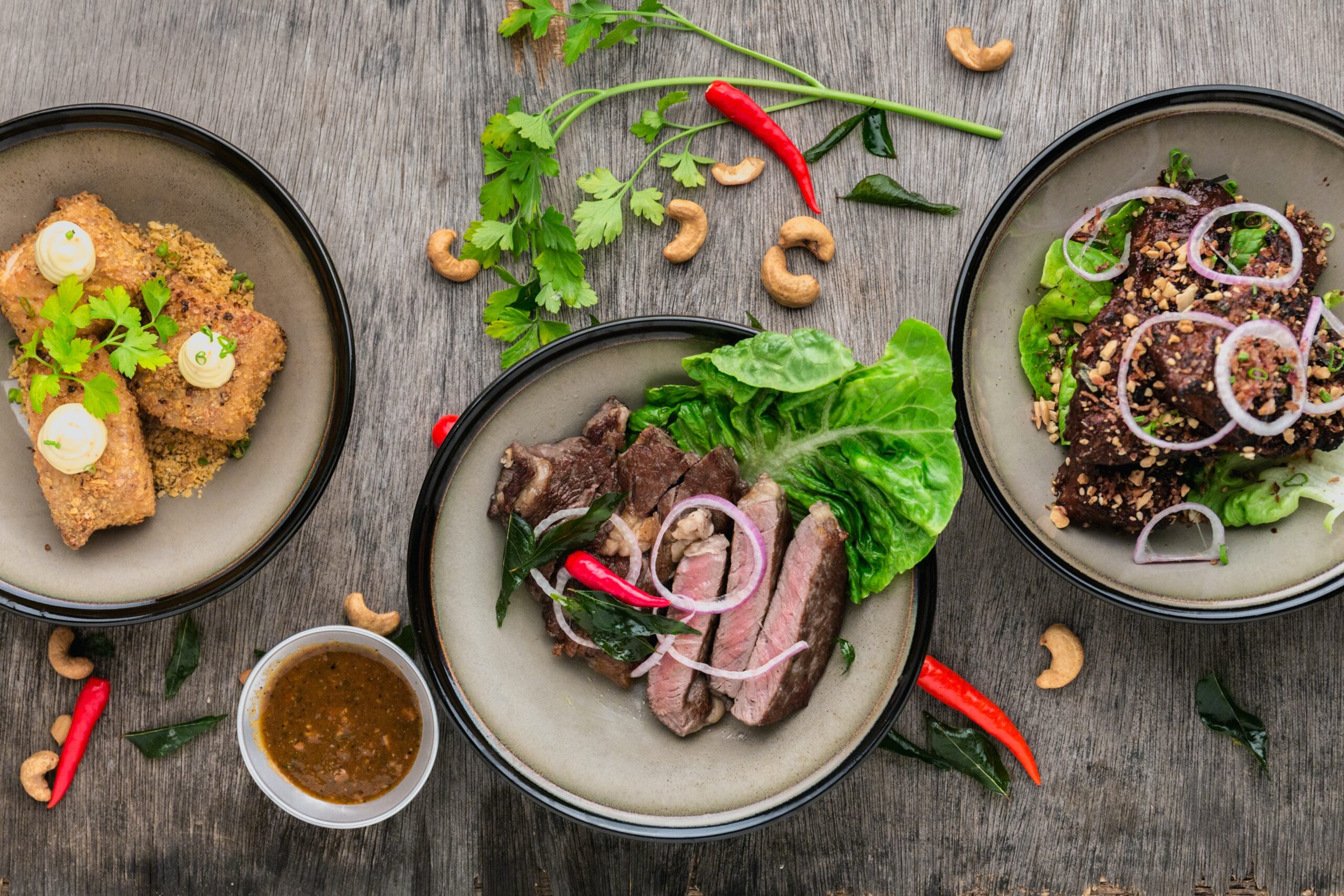
Tips for Assessing Wet Cat Food Quality
Sensory Evaluation
Performing a sensory evaluation of wet cat food before feeding it to your pet is essential. Observe the appearance, smell, and texture of the food. If it looks off, smells bad, or has an unusual texture, it is best to err on the side of caution and discard the food.
Consulting a Veterinarian
If you have concerns about the quality or safety of wet cat food, consulting a veterinarian can provide valuable guidance. They can recommend specific brands or formulations suitable for your cat’s dietary needs and offer advice on proper storage and feeding practices.
Safety Measures for Outdoor Feeding
Avoiding Prolonged Exposure
When feeding your cat outdoors, it is crucial to minimize the time the food sits out in warm weather. High temperatures can accelerate spoilage, making it unsafe for consumption. Ensure that your cat finishes their food within a reasonable time frame and promptly discard any leftovers to prevent potential health risks.
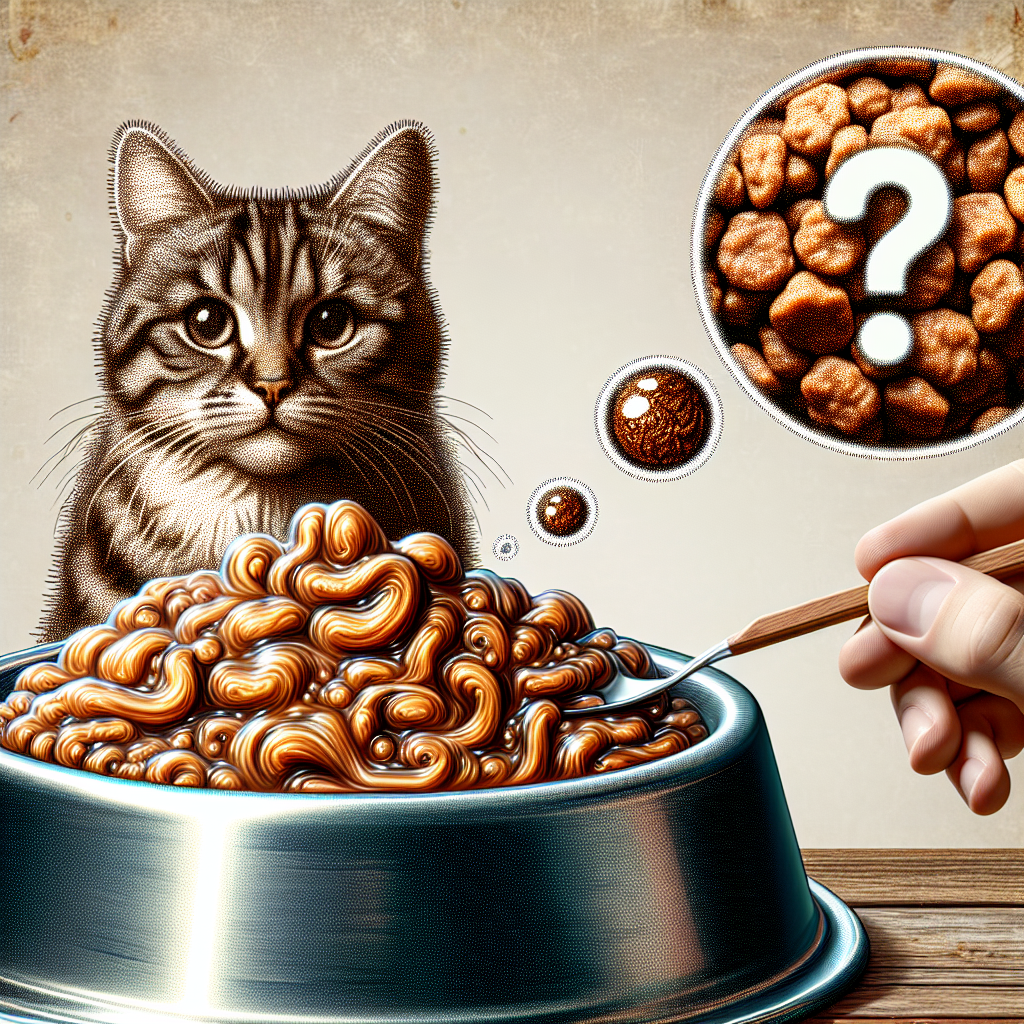
Common Misconceptions about Wet Cat Food Storage
Wet Cat Food Cannot Spoil
Contrary to popular belief, wet cat food can indeed spoil. Due to its high moisture content and exposure to air, bacteria and mold can grow rapidly, leading to spoilage and potential health risks.
Leaving Wet Cat Food Out Enhances its Flavor
Leaving wet cat food out at room temperature does not enhance its flavor. On the contrary, it can lead to spoilage, which alters the taste and aroma of the food. Feeding your cat fresh and properly stored wet food ensures they can truly enjoy its intended flavors.
Color Changes Indicate Spoilage
While color changes in wet cat food can be an indicator of spoilage, relying solely on color is not sufficient. Factors such as oxidation or changes in ingredients can cause slight variations in color, even without spoilage. It is essential to consider other signs, such as odor or texture, when assessing the quality of wet cat food.
Conclusion
Proper storage and handling of wet cat food are crucial to ensuring the safety and quality of the food you feed to your furry companion. Factors such as composition, temperature, humidity, exposure to air, packaging, and food contaminants can significantly impact the spoilage rate of wet cat food. To avoid digestive upset, foodborne illnesses, and health risks, it is important to adhere to recommended food safety practices. By following guidelines for refrigeration, proper handling, avoidance of cross-contamination, and checking expiration dates, you can help preserve the freshness and nutritional integrity of wet cat food. Additionally, considering alternatives for prolonged food storage, such as refrigeration, using airtight containers, freezing, and portion control, can further extend the shelf life of wet cat food. Regularly assessing the quality of wet cat food through sensory evaluation and seeking professional advice from a veterinarian will help ensure the well-being of your feline companion. Remember, outdoor feeding should be approached with caution, and common misconceptions about wet cat food storage should be debunked to prevent any potential health risks. By prioritizing food safety, you can provide your cat with the nutrition and love they deserve.
